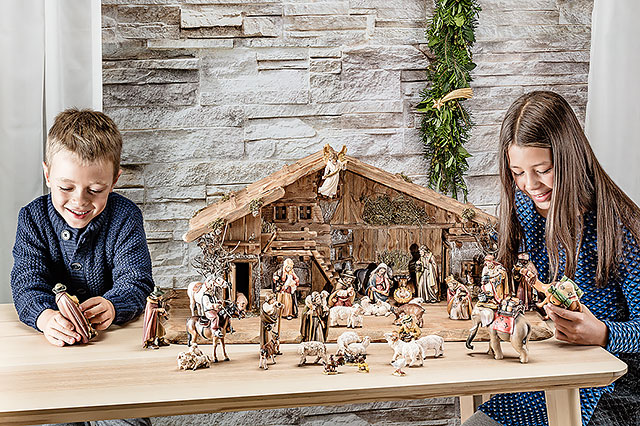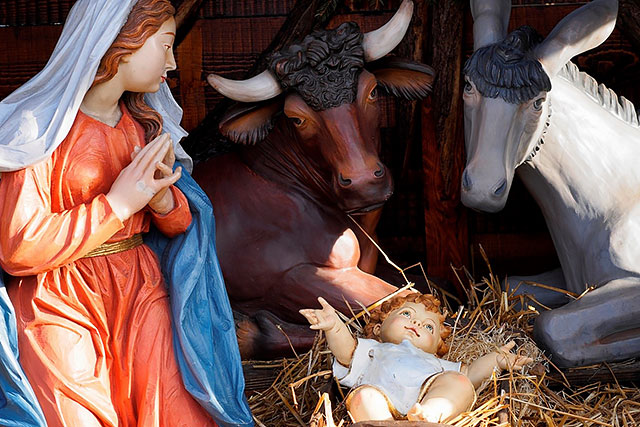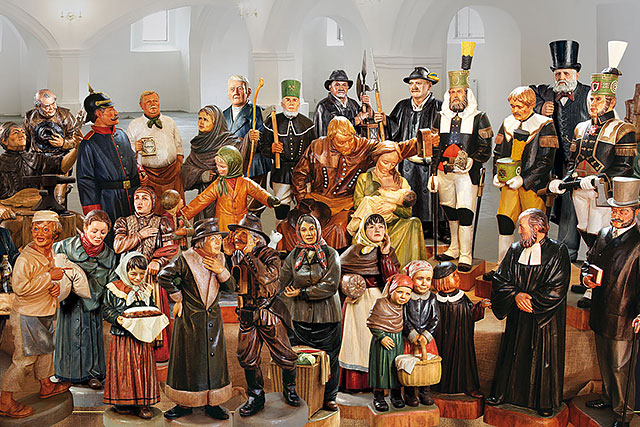The artistic representation of the time of the Passion is an obvious thing in Christian culture. Almost no church can do without windows or wall paintings illustrating the story of Jesus' Passion to describe the horrible scenes of betrayal and crucifixion, but an Easter crib?
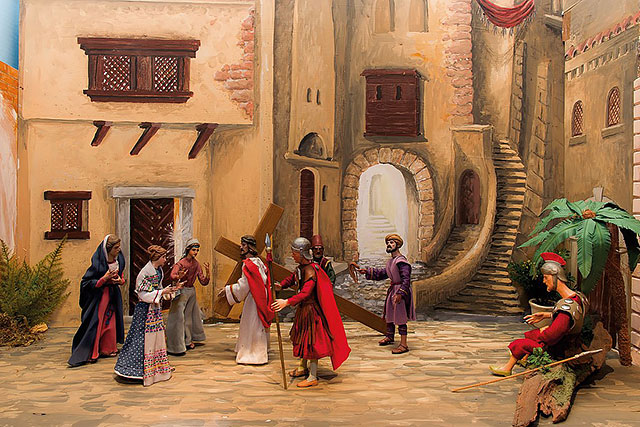
Table of contents
The crib of the Passion
A crib tells the announcement of the birth of Jesus, the child in the stable, angels and saints. The scenes show poverty despite the predominance of the feeling of happiness. A nativity set of the Passion, instead, has as its theme the tragic end of the story of the life of Jesus, who lives the happy turning point with the Resurrection. As a rule, it represents the time between Palm Sunday and Angel Monday and follows the chronological sequence of events described in the Gospels. Even if the thought of depicting the time of the Passion with artistically designed wooden statues may seem strange to some, the so-called "serious nativity scene" has a long tradition.
The history of the Easter crib
The tradition of the Easter crib dates back a long time ago. The passion nativity scene was widespread in the 18th and 19th centuries before it was almost completely forgotten in Central and Western Europe. It was only gradually that wood carvers began to dedicate themselves again to this difficult time, creating nativity scenes of passion, which are depicted in churches showing scenes of Jesus' suffering. The representation of the different phases of the Passion story requires not only artistic skill, but also the willingness to deal intensely with the sad and cruel scenes. In some communities, Easter cribs are created with the participation of numerous members of the community with long-term projects. The Lenten crib is widespread in southern Europe.
The importance of the Easter crib
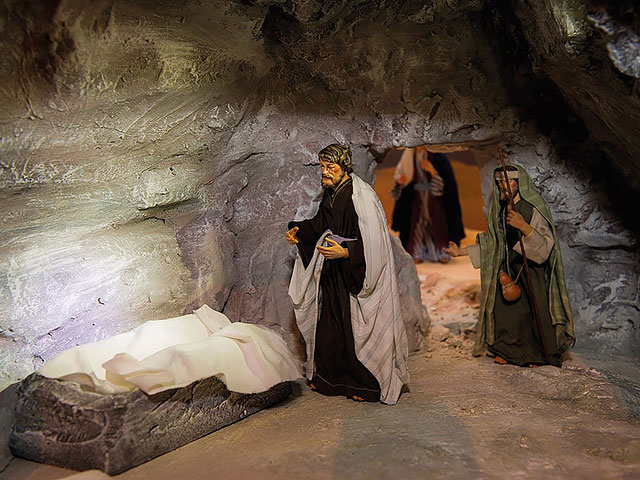 Passion Nativity scene "Maternkapelle Bamberg" www.bamberg.info
Passion Nativity scene "Maternkapelle Bamberg" www.bamberg.infoThe Easter crib can - like the Christmas crib - be used to illustrate the biblical context of the feast to children in an easily understandable way. Many adults, who lose the religious sense of the period, in view of rabbits, eggs and other Easter symbols without a Christian background, also use the Lenten Nativity to recall the events surrounding Jesus' death. Many believers enter into this context by looking at the Easter crib and, they manage to openly address difficult issues such as death, the feeling of abandonment and fears. The clear timing of the scenes can be easily combined with the Easter vacations. The end of Lent, coinciding with the end of the Passion story, gives people fasting the strength to endure the last days of difficulty.
The scenes
The Easter cribs are generally of medium size to enhance the intense narrative in biblical stories. Depending on the version, some scenes of the passion story are omitted. Easter cribs usually begin with the entrance to Jerusalem on Palm Sunday. This is followed by Holy Thursday, when Jesus prays in the Garden of Gethsemane and Judas appears with the Roman soldiers to betray him. The Good Friday crucifixion occupies a large part of the Easter crib. Usually the closed tomb can also be seen on Holy Saturday, before the women in front of the open tomb witness the miracle of the resurrection on Easter Sunday. There is also no lack of dialogue between the risen Jesus and the disciples of Emmaus. Some Easter cribs also show Jesus ascending to heaven.
Other scenes can be, for example, the Last Supper, the scourging of Jesus, the capture on the Mount of Olives and the condemnation of Jesus. Artists who dare to create a Nativity scene usually adhere strictly to the biblical model and decorate their figures with a lot of imagination to represent the events in the most realistic way possible.
The characters of the Easter crib
In addition to Jesus, the disciples are among the most important figures in many Easter cribs, almost always represented Judas and John. Should not miss the Roman soldiers, Mary Magdalene and other women at the tomb, the people, Pontius Pilate and the common people.
Exhibitions
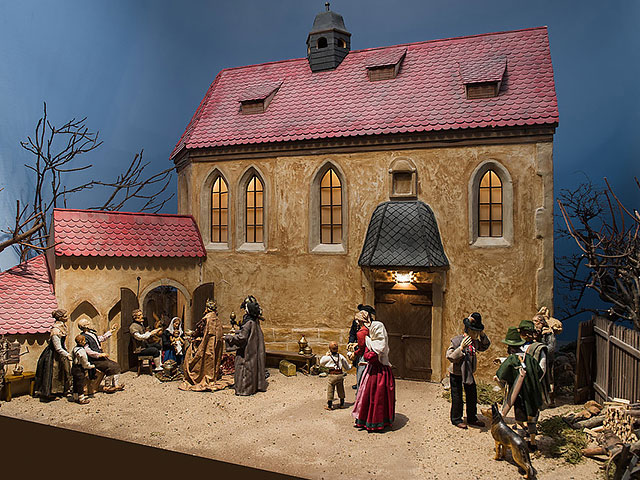 Passion Nativity scene "Maternkapelle Bamberg" www.bamberg.info
Passion Nativity scene "Maternkapelle Bamberg" www.bamberg.infoNativity scene in the Cathedral of Bamberg In many parishes, Easter cribs attract many visitors to the churches. Some believers go to the crib every day during Holy Week to vividly remember the suffering of Jesus. Here are some examples:
- Only in the Cathedral of Bamberg is it possible to see 45 scenes from the Passion of Bamberg. About this on www.bamberg.info
- In the Hunting and Fishing Museum in Munich there was a special exhibition on Easter cribs until April 2016.
- In Jüchen, North Rhine-Westphalia, you can see a Passion Nativity scene with eight stations of Jesus' Calvary, which in the Monastery of St. Nicholas is considered a living symbol and is included in the Easter activities.
- In the church of the Austrian municipality of Grafendorf, interested visitors can admire a nativity scene with a skinny Jesus, measuring four square meters, which President Waltraud Lechner created in collaboration with members of her nativity scene construction association.

